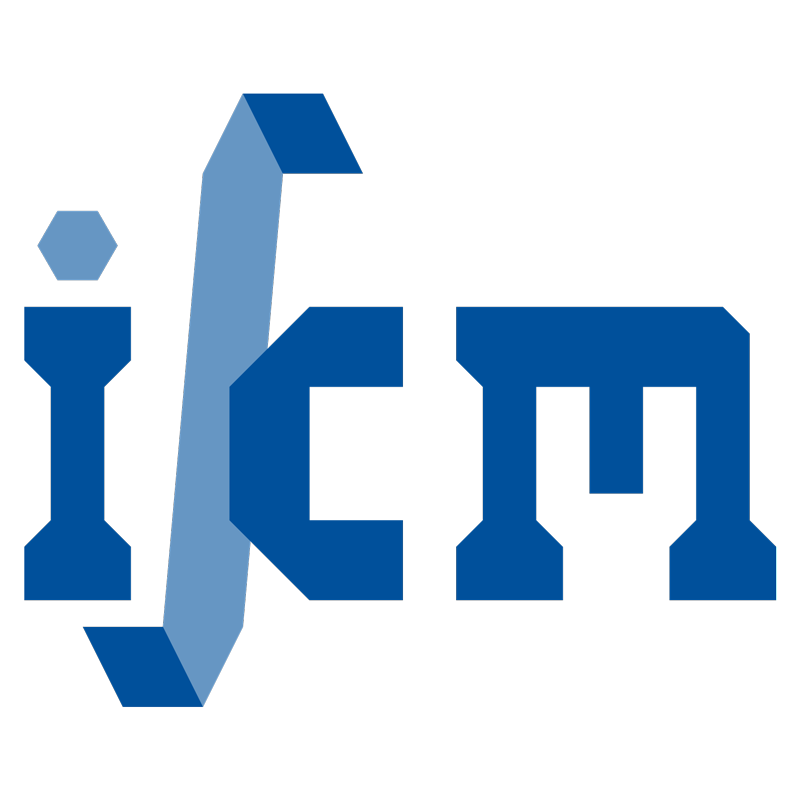Thermo-mechanical modeling for selective laser melting
- verfasst von
- Henning Wessels
- betreut von
- Peter Wriggers
- Abstract
Selective Laser Melting (SLM) is an Additive Manufacturing (AM) process where a powder bed is locally melted with a laser. Layer by layer, complex three dimensional geometries including overhangs can be produced. Up to date, the material and process development of SLM mainly relies on experimental studies that are time intensive and costly. Simulation tools offer the potential to gain a deeper understanding of the process - structure - property interaction. This can help to find optimal process parameters for individualized components and the processing of innovative powder materials. In this work, a rigorous thermo-mechanical framework for the finite deformation phase change problem is formulated. Beside the phase change, an additional peculiarity of the SLM process is the fusion of powder particles. Regarding the numerical solution, meshfree methods seem to be especially suited because the treatment of particle fusion is intrinsic to the formulation. The complex moving boundaries between liquid melt and solid metal can be resolved without additional numerical effort. The recently introduced Optimal Transportation Meshfree Method (OTM) has been chosen since it was promoted as a versatile tool for both fluid and solid mechanics. Special focus lays on the modeling of laser-matter interaction. The laser beam can be divided into moving discrete energy portions (rays) that are traced in space and time. In order to compute the reflection and absorption, usually a triangulation of the free surface is conducted. Within meshfree methods, this is a very expensive operation. To avoid the need for surface triangulation, a computationally efficient algorithm is presented which can easily be combined with meshfree methods. Both melt pool dynamics and residual stress formation are studied with the developed numerical framework. The influence of laser heating and cooling conditions on melting and consolidation is investigated. Although the numerical results are promising, it was found that the OTM exhibits some limitations. Therefore, the accuracy of the method is critically discussed.
- Organisationseinheit(en)
-
Institut für Kontinuumsmechanik
- Typ
- Dissertation
- Anzahl der Seiten
- 127
- Publikationsdatum
- 2019
- Publikationsstatus
- Veröffentlicht
- Elektronische Version(en)
-
https://doi.org/10.15488/5331 (Zugang:
Offen)


